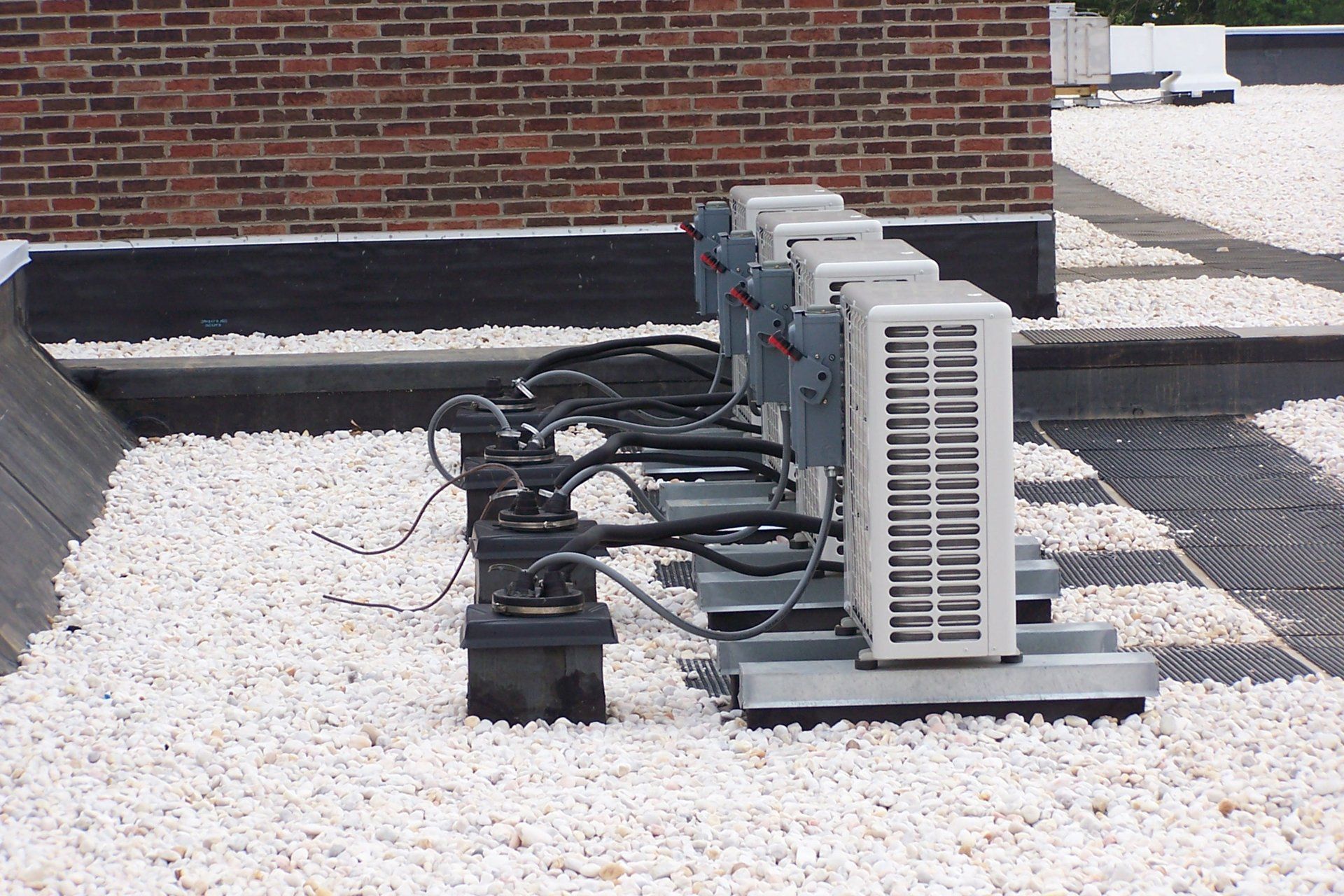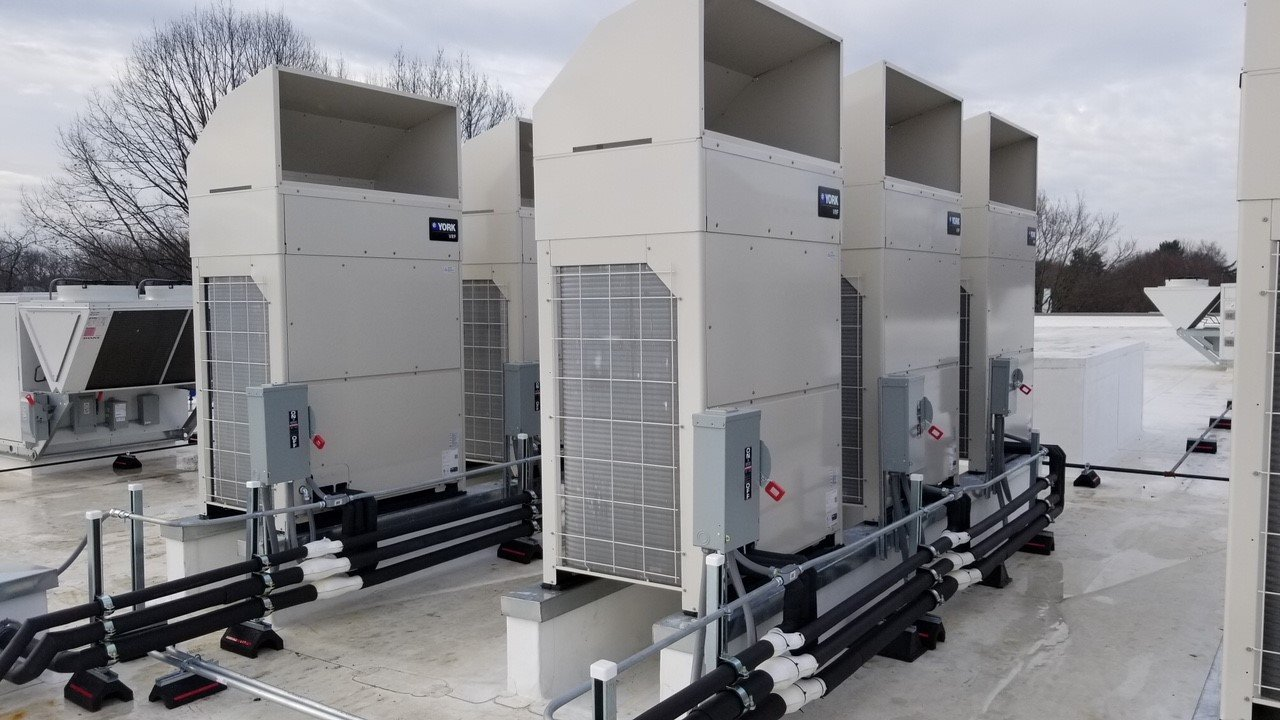Energy

Systems Design
Energy Assessments
Energy Modeling
Feasibility Studies
System Life Cycle Cost Analysis
Indoor Air Quality Studies
Utility Rebates & Grants
Federal Tax Credits
ENERGY STAR
Energy Audits (ASHRAE Level 1,2,3)
Our ability to understand the whole building process is what separates Smith Miller from
other design firms. We
understand the fundamental importance of incorporating energy saving measures into
all of our disciplines and can
offer a full range of design expertise.
With a firm understanding of our client's project goals, we engage
in analyzing the economically
and technically feasible alternatives for the building systems. Our analytical
methods vary from project to project but typically include life-cycle analysis,
energy modeling, daylight modeling, cost estimating,
DOE2 analysis and general engineering calculations.
Energy modeling allows design teams to evaluate and identify alternative energy-saving solutions to find the best fit for each project. We help design teams with alternative
strategies for improving
building performance, reducing operating costs, complying with energy-performance goals, local or state energy requirements,
or LEED credits. We use energy analysis software Trane Trace, working from 2D or 3D CAD or Revit files.
We offer energy audits, ranging from preliminary walk-through audits, to detailed investment-grade energy audits, which identify energy conservation measures and quantify energy and cost savings. We base our levels of auditing and analysis on the recommended practices of American Society of Heating, Refrigerating and Air Conditioning Engineers (ASHRAE).

Energy Assessments
Smith Miller Associates' energy management specialists take a systematic approach to assessing the potential benefits of energy retrofits by conducting a thorough audit of energy system components, testing potential packages of system improvements in a computer model and performing life cycle cost analysis. The issues addressed in energy management plans include:
- inefficiencies
- controls
- indoor air quality
- deferred maintenance
- energy regulations
- changes in design philosophy
ENERGY STAR bench-marking analysis is the the easiest way to get a snapshot comparison of
your building's energy performance and compare its performance to other similar building nationally. This is usually a first step to identify how to proceed with improving the energy performance at your facility.
The walk-through audit provides recommendations on easily implementable, no to low cost solutions.
Retro-commissioning relies on testing and short-term diagnostic monitoring to
uncover and systematically evaluate energy and
cost-saving opportunities associated with system tune-ups and other no to low cost measures.
Minor and major energy consuming systems in
your facility will be
investigated to identify operational inefficiencies. Studies show retro-commissioning typically provides savings of 10-20% of a building's annual energy costs.
To evaluate opportunities involving capital measures, we combine detailed energy auditing and monitoring with building modeling, using computer simulation tools. By developing a detailed and calibrated model that corresponds to measure building performance, we can simulate various alternative to determine the most cost effective investments in HVAC equipment, controls upgrades, and other system changes.
